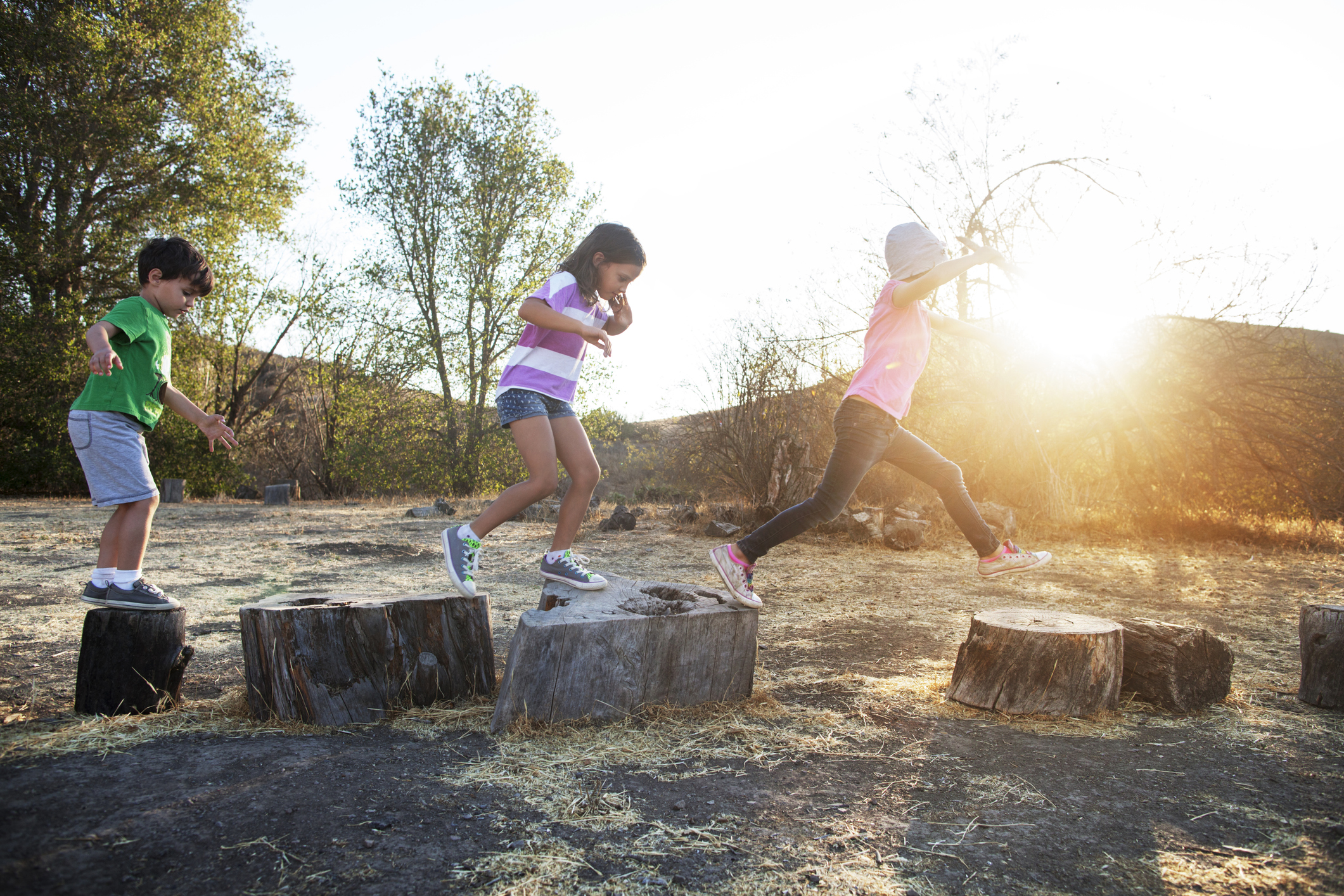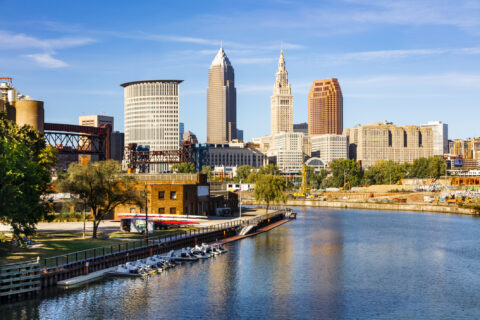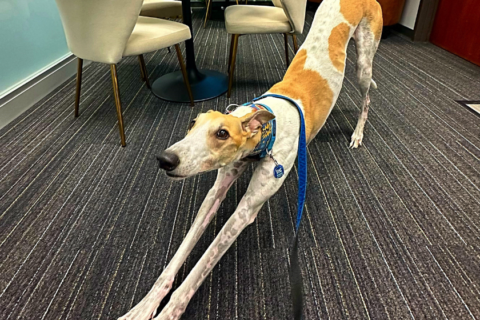Advancing local climate action is essential not only to withstand unavoidable climate impacts, such as flooding and extreme heat, but also to strengthen community health and resilience. Cities, towns and villages across the country are crafting climate action plans (CAPs) or evidence-based roadmaps that can simultaneously reduce greenhouse gas emissions and strengthen local-level resilience while also providing an array of community co-benefits including lower energy bills, more green space, connecting children to nature and equitable quality of life improvements for residents. As communities continue to implement CAPs, nature-based solutions and green infrastructure are strategies in the toolkit to help policymakers address the intersectional issues of climate change, public health and inequality.
What are Nature-based solutions (NbS)?
NbS are strategies inspired by, supported by, or copied from nature. They can simultaneously benefit people and nature, addressing societal challenges through the protection, management, and restoration of nature and modified ecosystems. Many climate action strategies include elements of NbS, such as large-scale watershed restoration projects with the co-benefit of reducing flood risk to people and homes. Another strategy is rebuilding natural infrastructure to both increase habitat and meet decarbonization goals through the restoration of marshes, wetlands, oyster reefs, mangroves and other environments.
What is Green Infrastructure (GI)?
GI builds with nature and can increase gray, or traditional, infrastructure’s co-benefits, including improvements to water quality, increased stormwater retention, habitat creation and recreational opportunities. Green infrastructure includes nature-focused projects like creating neighborhood stormwater parks or increasing natural elements to create a living shoreline with a co-benefit of habitat creation.
NbS and GI can be embedded across the community in a variety of small- and large-scale ways. Green strategies can help improve local tree canopies and ground permeability, capture rainwater and water quality, decrease urban heat islands and improve air quality. NbS may cost less than traditional infrastructure while also providing additional benefits like helping to bolster economic growth, improve public health, and create green jobs.
Incorporating green infrastructure into existing systems, like stormwater management systems, can maximize benefits to public health, ecosystem conservation and city finances. By co-producing and centering community planning as well as prioritizing implementation of these strategies in frontline communities, cities can also address historic injustice and inequity to create a more climate-prepared, just community.
NbS and GI are just one tool to decarbonize. To meet greenhouse gas reduction goals, such strategies must be combined with rapid, wide-ranging emissions reduction policies across energy, industry and transportation sectors to be truly effective at reducing climate-related risks.
How exactly can NbS and green infrastructure help your community? Programs at NLC, such as Nature Everywhere and Cities for Smart Surfaces work with cities across the country to support cities to integrate green strategies across city-level policy and climate action plans. Check out how some of these cities enhance their parks and green spaces to help meet local climate goals.
Greening Schoolyards in Atlanta
Atlanta recognized the great opportunity NbS and GI present, so they adopted a green schoolyards model across their public school system to address existing disparities in access to nature and play spaces. United with Atlanta Public Schools and their nonprofit partners – the National League of Cities, the Trust for Public Land, KABOOM! and the Children & Nature Network, established a collective vision for Atlanta Community School Parks (ACSP), aiming to ensure that “by 2030, every Atlanta Public School should have a Community School Park that supports the healthy development, success and well-being of Atlanta’s kids and communities.”
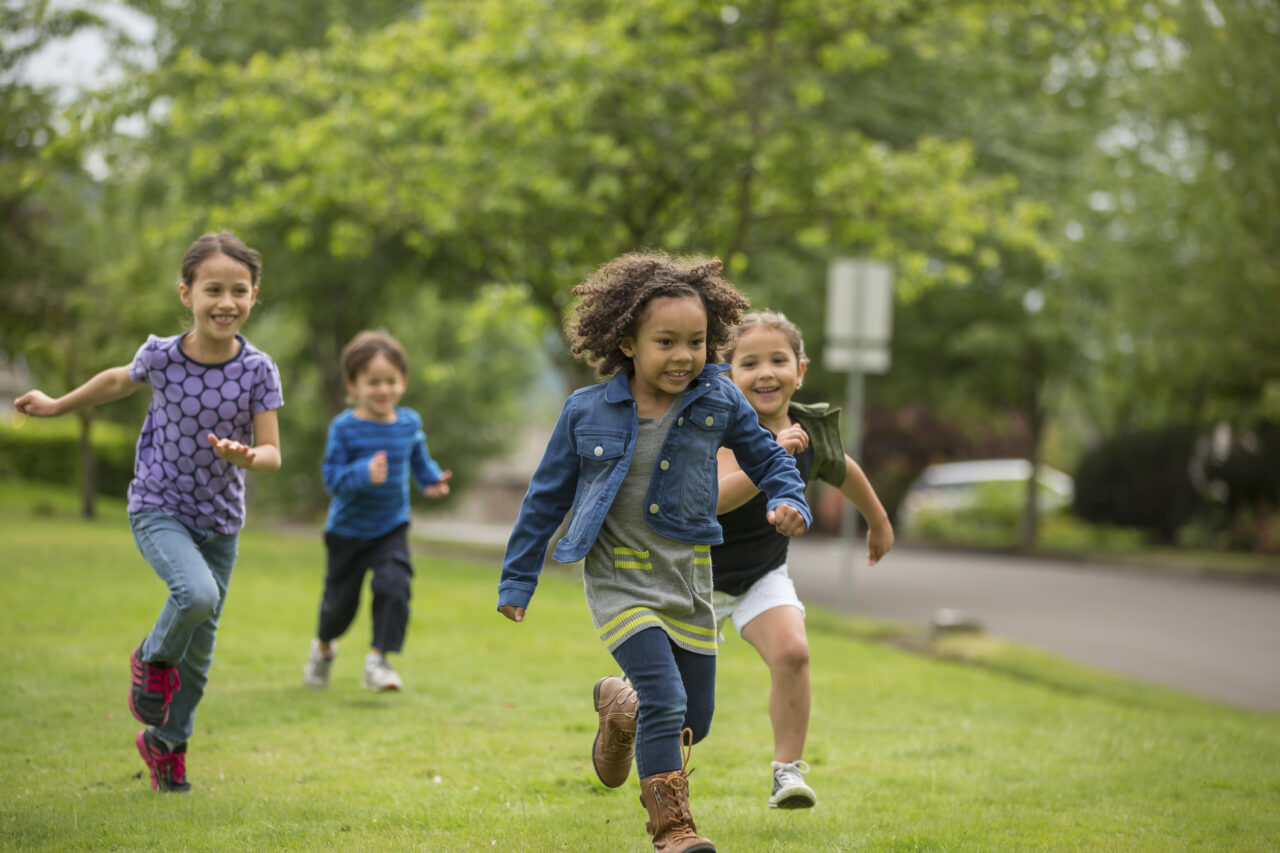
In identifying locations for these community parks, the Department of Watershed Management overlaid combined sewer area maps with APS school locations to prioritize sites where green stormwater infrastructure (GSI) could most improve water quality and reduce stormwater runoff. The incorporation of GSI not only helps to meet strategies and initiatives that are set forth in the City’s Clean Energy Atlanta vision, but ultimately, these kid-designed play spaces and outdoor learning environments would increase equitable access to healthy, green oases for all communities, both during and after school.
Planning Ahead in New Orleans
New Orleans is joining recreation with resiliency features by leveraging green infrastructure, such as native plants, to aid in natural resiliency and improved community spaces. These types of investments aid with rich, healthy soils that facilitate a reduction in flood risks and sinking and improve air and water quality. The recently released “Big Green Easy” Parks Master Plan focuses equally on equitable access to nature for youth and other residents and the power of resilient infrastructure in a citywide park system to absorb stormwater, protect critical wildlife habitat, and more. Currently, through its Nature Everywhere initiative in conjunction with Children and Nature Network and Kaboom!, NLC is providing technical assistance to a cross-sector New Orleans team whose work is informed by both the Youth Master plan and the Big Green Easy Parks plan. By 2025, the City anticipates building new, resilient green spaces and nature play spaces across the city where children and residents will benefit most.
A Roadmap of Boise
In 2021, the City of Boise released its Climate Action Roadmap to help guide the municipality’s journey towards 2050 carbon neutrality. The city aims to utilize the abundant open space and parks to support green stormwater management, restoration of tree canopy and management of parklands. Such efforts will not only help to reduce flooding, wildfire risk and extreme heat but also will help increase nature access to residents who do not live within a ten-minute walk from a park or open space. The roadmap is also supported by multi-agency partnerships, such as the Boise Environmental Education (BEE), which works to increase access to environmental programming for children and adults. By blending elements of NbS and bringing in cross-departmental and community collaboration, Boise is poised to place their community at the heart of addressing emissions reduction through their natural environment.
Taking the next step to integrate NbS and GI in your city
Below are a few resources to help get city officials and community members started on implementing NbS and GI today:
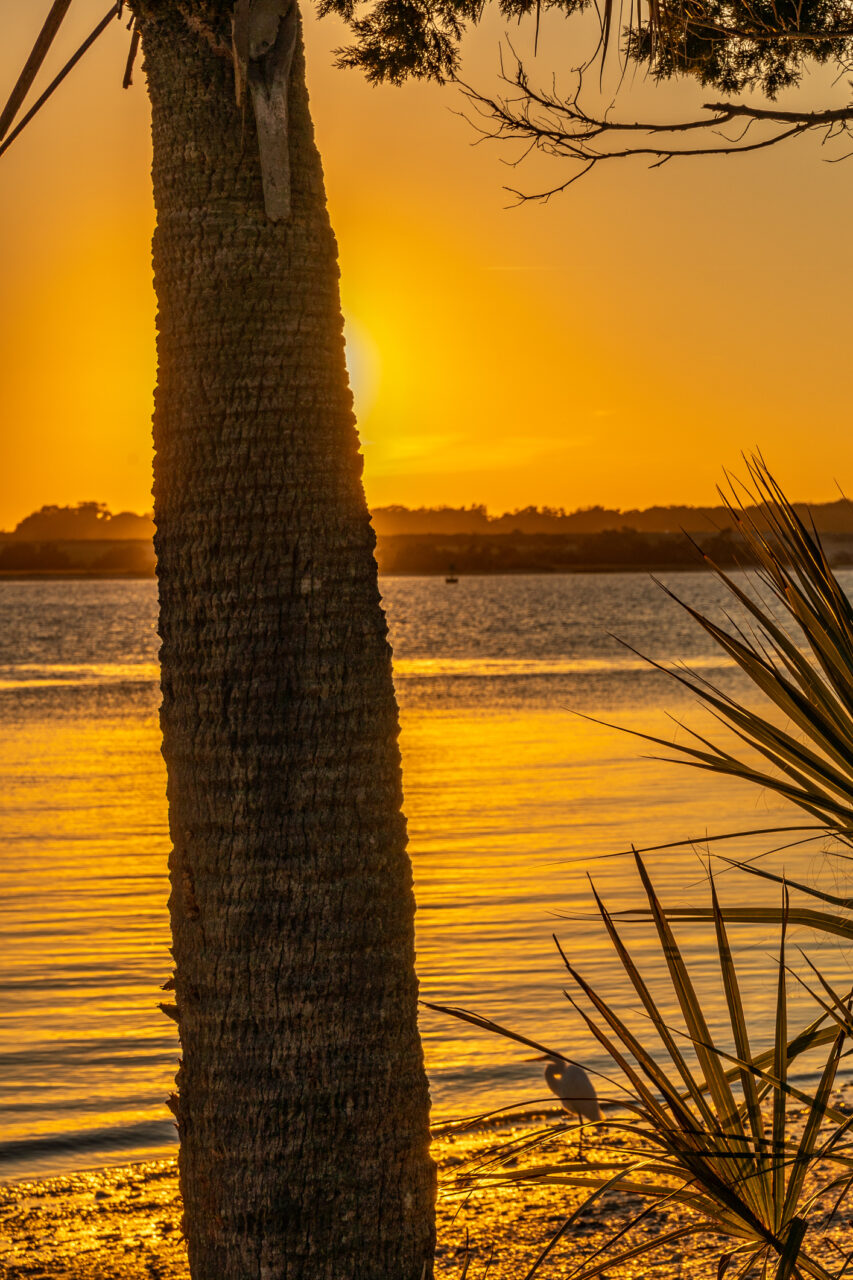
Bridging the Fields of Children and Nature to Sustainability & Resilience
The brief presents areas of opportunity and case studies for city leaders who are interested in the connection and co-benefits of climate action to their youth and residents.
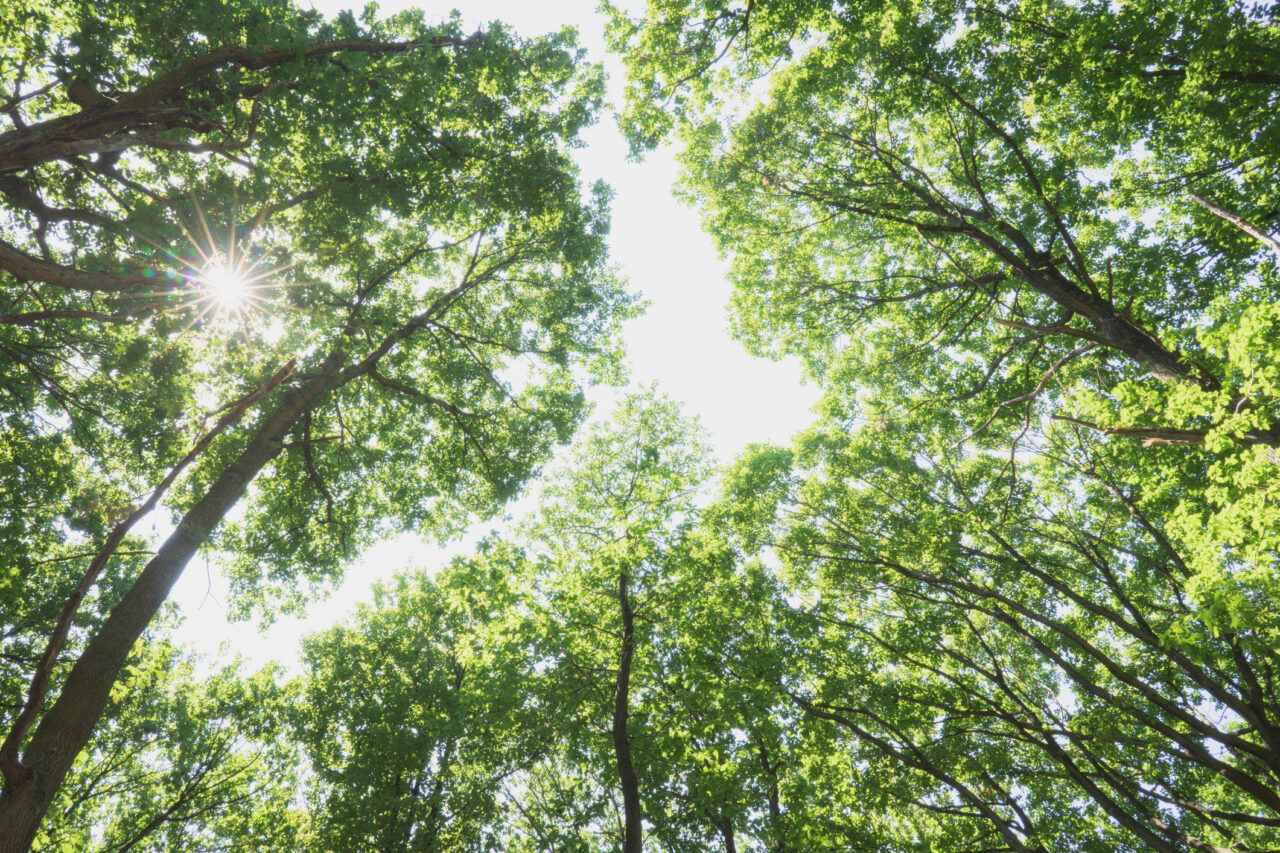
Building Resilient Infrastructure for Healthier, Safer Cities
This NLC’s brief is designed to help local governments build a resilience lens into their infrastructure work so that they can make smart investments in long-lasting, reliable infrastructure that serves their communities.
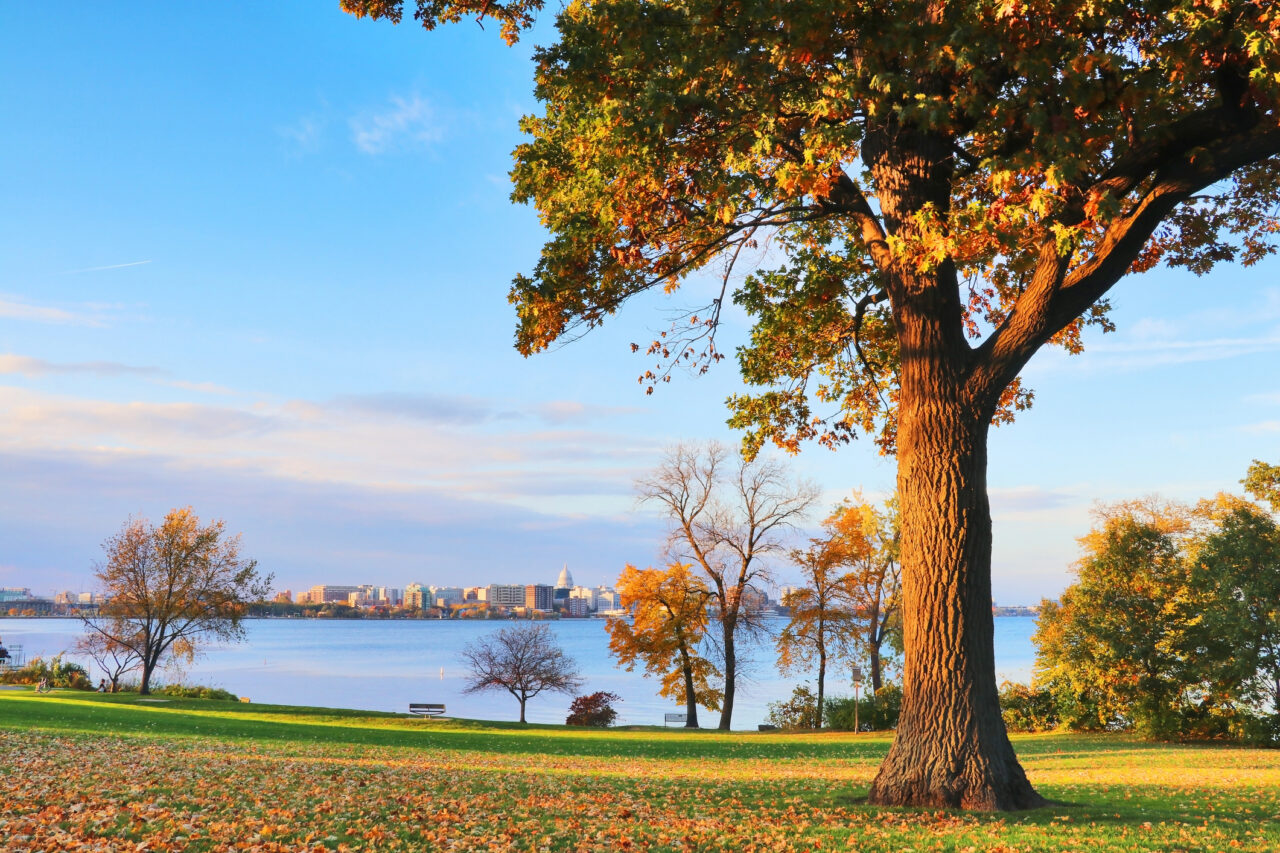
Nature-Based Solutions Resources Guide 2.0
This Biden Administration’s guide includes a comprehensive compendium of federal examples, guidance, resource documents, tools, technical assistance, and federal funding programs.
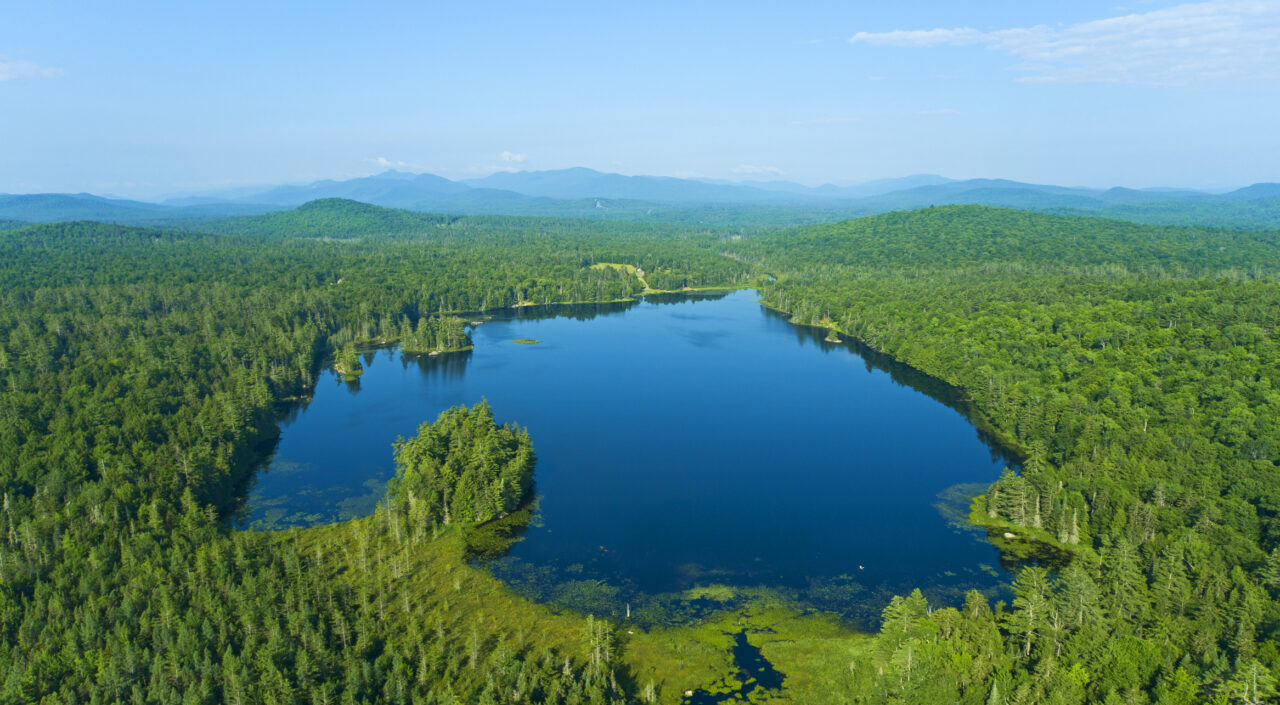
Urban Nature-Based Climate Solutions Accelerator
This is a sequence of three 5-month-long capacity-building intensives designed to rapidly grow community capacity to implement equity-centered, nature-based climate solutions to some of the most pressing climate change challenges facing communities.
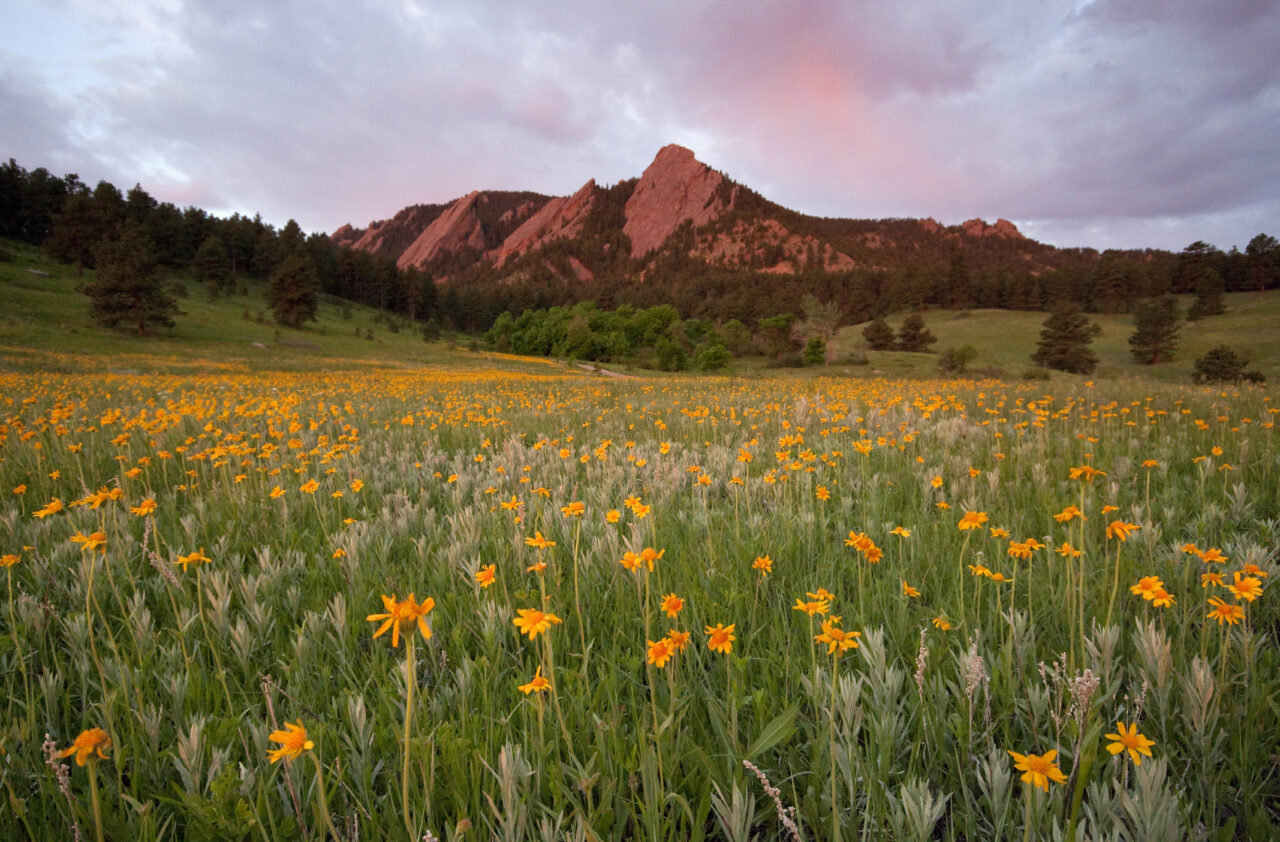
Nature-based Solutions Funding Database
This is an interactive database for communities interested in pursuing federal funding and/or technical assistance for nature-based solutions. Use the filters to search for nature-based solutions, funding and technical assistance resources that best fit your community’s needs.
Connecting Children to Nature Initiative
Learn more about how NLC’s joint initiative supports local leaders in advancing efforts to connect children to nature through municipal efforts.
